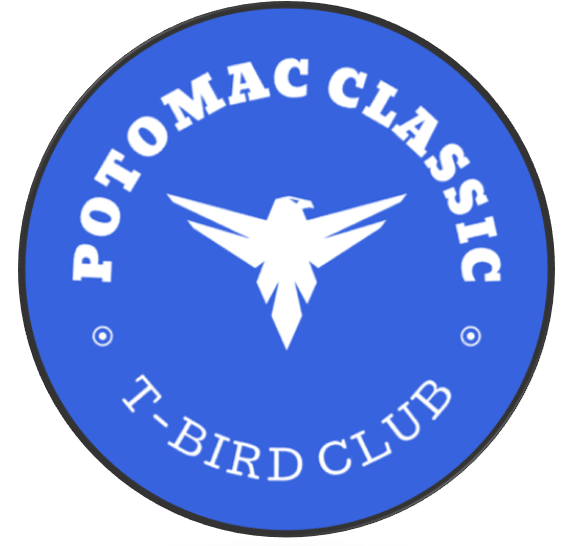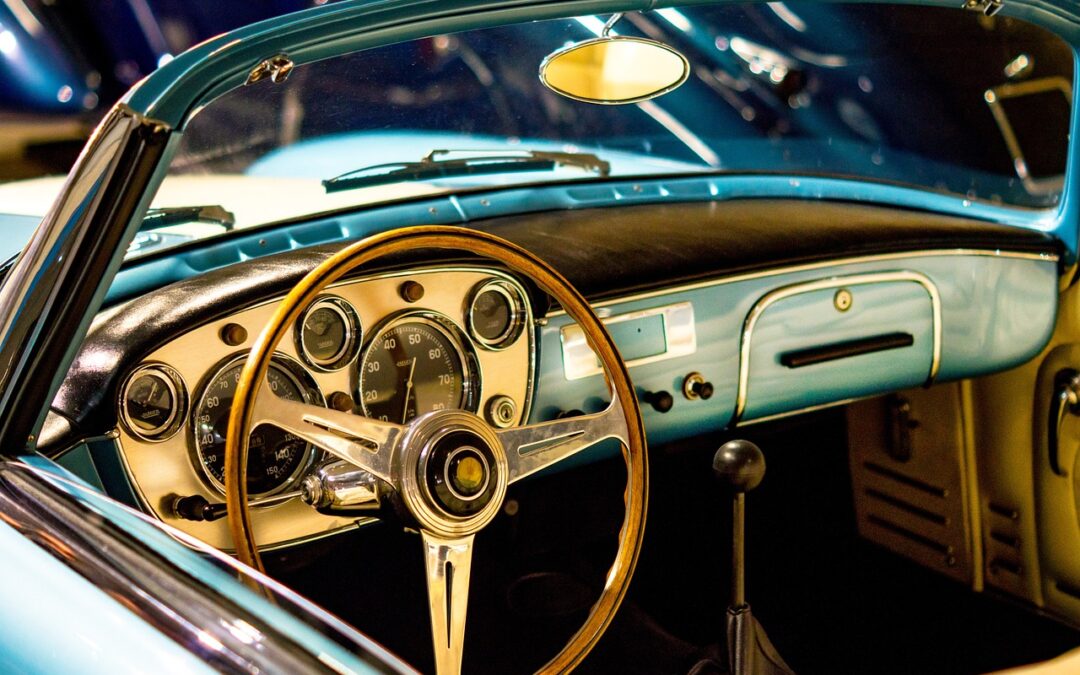
Ride in Comfort: Upholstery and Interior Maintenance for Your Classic Bird
Maintaining the upholstery and interior of your classic Thunderbird isn’t just about aesthetics; it’s about preserving the comfort and the very essence of your vintage ride. Whether you’re cruising down the highway or showing off your classic at a local car show, the condition of your interior plays a huge role in the overall experience and value of your vehicle. Here, we explore detailed steps and resources for keeping your Thunderbird’s interior in pristine condition.
Understanding Your Thunderbird’s Interior
The 1955-1957 Ford Thunderbird is known for its luxurious and distinctive interior, which includes leather or vinyl seats, classic dashboards, detailed door panels, and exclusive trim options. The materials used in your Thunderbird’s interior are likely to be original and require specific care to maintain their condition and appearance.
Tools and Materials You Will Need
- Vacuum cleaner with a soft brush attachment
- Leather cleaner and conditioner (for leather upholstery)
- Vinyl cleaner (for vinyl upholstery)
- Soft cloths and sponges
- Interior protectant for dashboards and trim
- Needle, thread, and patching material (for minor repairs)
- Professional upholstery cleaning kit
High-quality cleaning supplies can be found at automotive stores like AutoZone or online retailers like Amazon.
Websites for Materials:
- Chemical Guys (offers high-quality cleaners and conditioners): www.chemicalguys.com
- Meguiar’s (offers a wide range of car interior maintenance products): www.meguiars.com
Step-by-Step Guide to Maintaining Your Thunderbird’s Interior
1. Regular Cleaning
- Begin with a thorough vacuuming of the seats, carpets, and all nooks and crannies to remove dirt and debris. Use the soft brush attachment to avoid scratching or tearing the material.
- Clean the upholstery using appropriate cleaners for either leather or vinyl. Apply the cleaner gently with a soft cloth or sponge, working in sections and paying attention to stains and heavily soiled areas.
2. Conditioning the Upholstery
- For leather interiors, after cleaning, apply a high-quality leather conditioner. This helps prevent the leather from drying out and cracking, keeping it soft and supple.
- For vinyl, use a dedicated vinyl protectant that will help prevent fading and cracking due to exposure to sunlight and age.
3. Caring for the Dashboard and Trim
- Clean the dashboard, console, and other plastic components with a mild soap solution or a product designed for car interiors. Avoid harsh chemicals that can cause damage.
- Apply an interior protectant to the dashboard and trim to help shield these surfaces from UV rays and reduce the risk of cracking and fading.
4. Repairing Minor Damage
- Small tears or holes in the upholstery can be mended with a needle and thread or a patch that matches the original material. For more significant damage, consider consulting a professional upholstery repair service.
- Re-stitching loose seams or reinforcing worn areas can significantly prolong the life of your vehicle’s interior.
5. Professional Deep Cleaning
- Occasionally, it’s beneficial to have your vehicle’s interior professionally cleaned. Experts use commercial-grade products and techniques to restore the interior, particularly for challenging issues like deep stains or odors.
6. Preventive Measures
- Use sunshades to protect your vehicle’s interior from prolonged sun exposure when parked.
- Consider seat covers that can protect the original upholstery from wear and tear, especially if you use your vehicle regularly.
Where to Buy Replacement Parts and Services
- SMS Auto Fabrics (offers a wide range of original-spec materials and fabrics): www.smsautofabrics.com
- Classic Industries (provides comprehensive parts including interior components for classic cars): www.classicindustries.com
- Local upholstery shops: Often, local experts can provide custom services tailored to the specific needs of your classic Thunderbird.
Additional Resources for Learning and Assistance
- Ford Thunderbird Restoration Guides: Available on websites like www.amazon.com or at your local bookstore.
- Online Forums and Clubs: Websites like www.vintagethunderbirdclub.net host a community of enthusiasts who can offer tips, advice, and support.
Conclusion
The interior of your classic Thunderbird is as important as its mechanical integrity. Regular maintenance, careful cleaning, and timely repairs can help you maintain or even enhance its value and appeal. Using the right tools, materials, and techniques will ensure that you can enjoy every ride in comfort and style, preserving the timeless allure of your classic Thunderbird for years to come. Whether you tackle the job yourself or enlist professional help, the key is consistent care and attention to detail. With these steps, your Thunderbird will not only look great but will also offer a comfortable and authentic driving experience.




